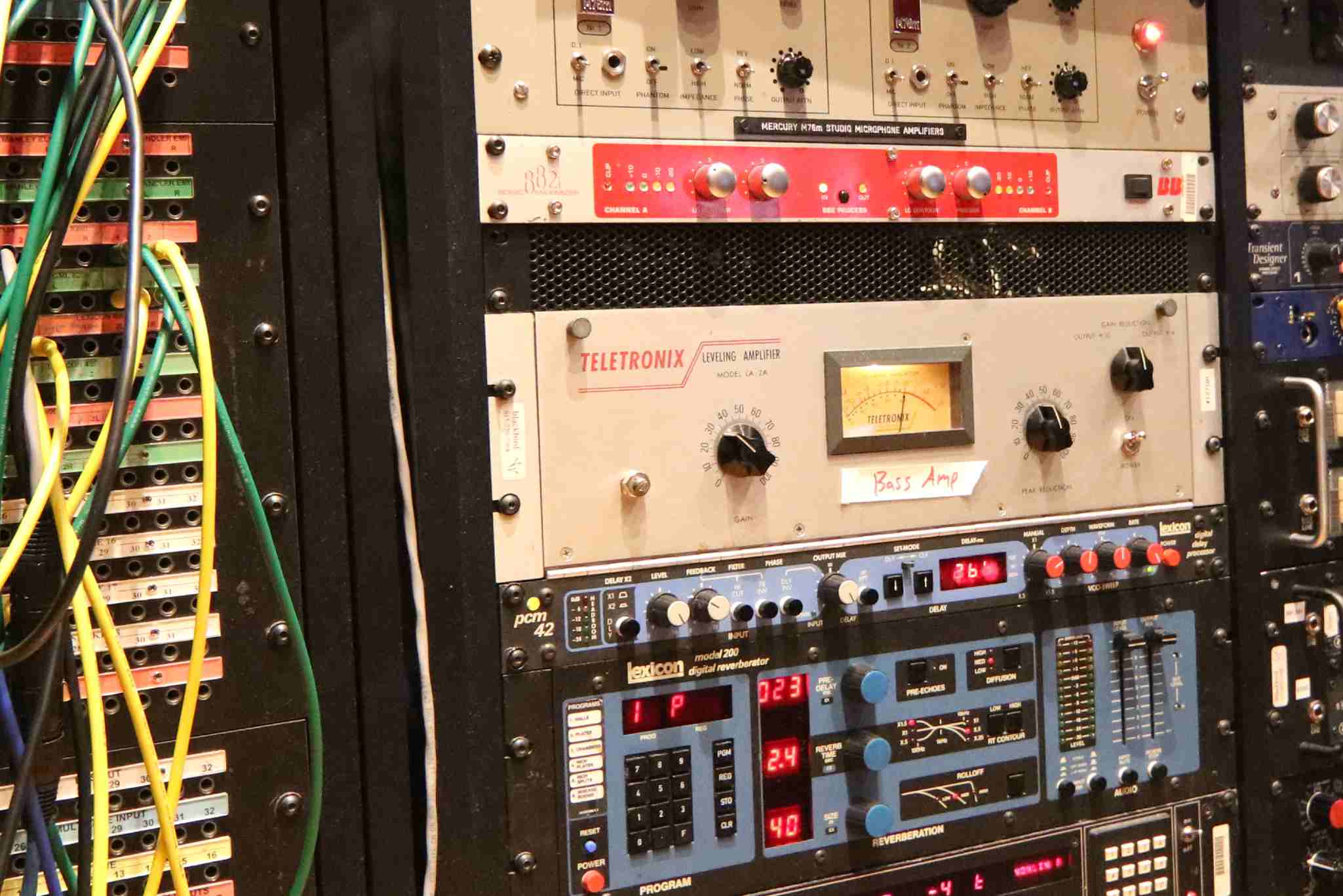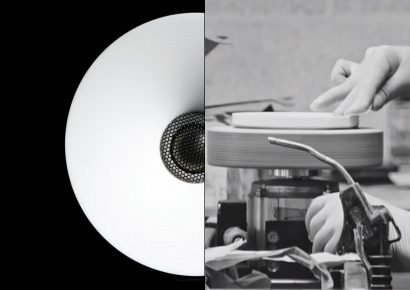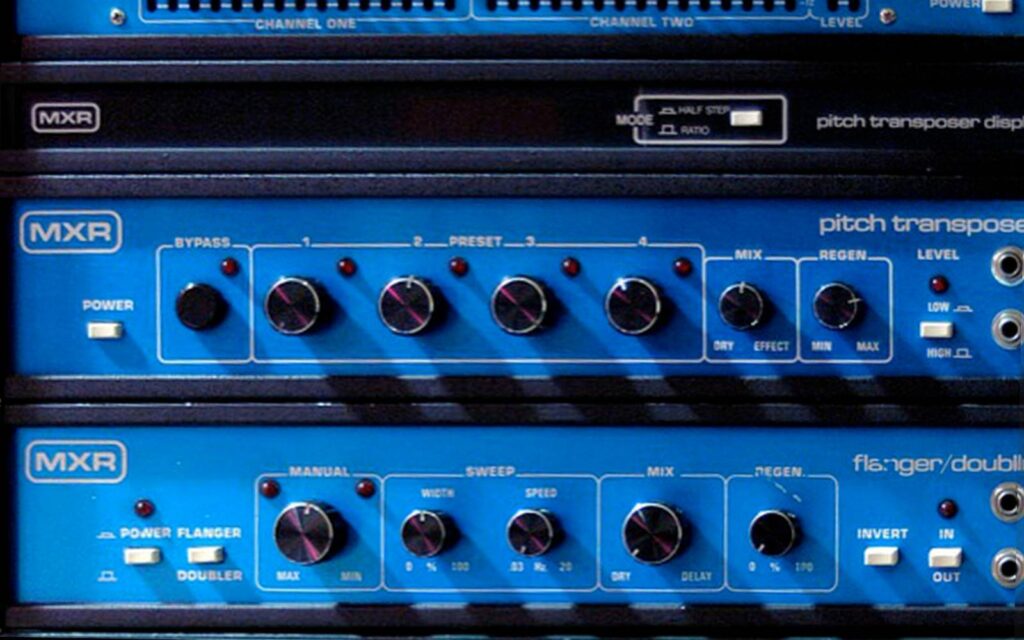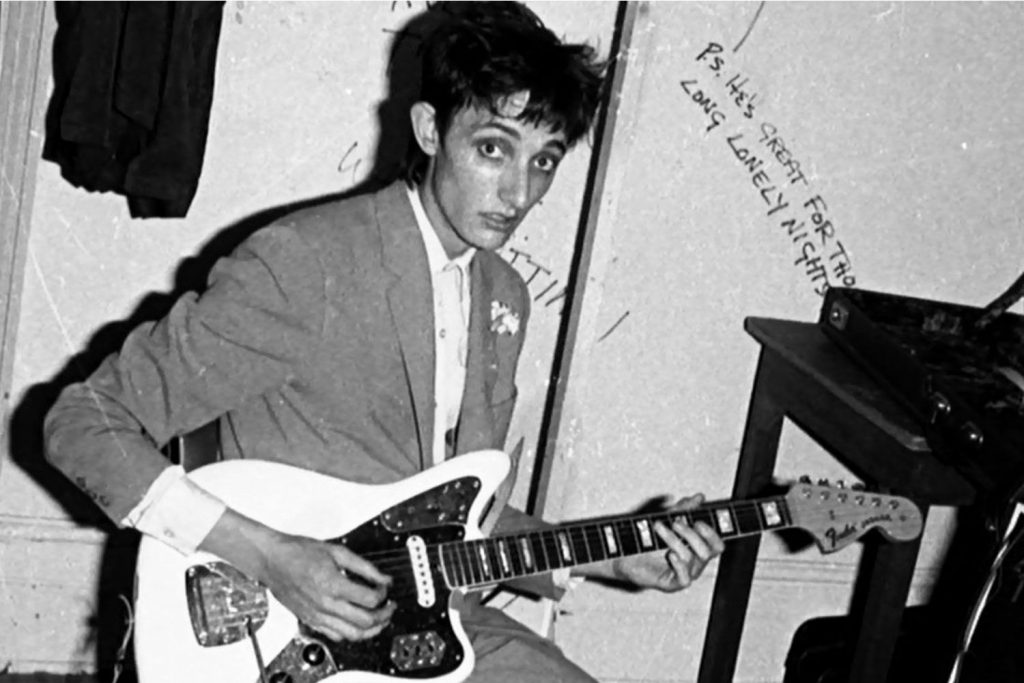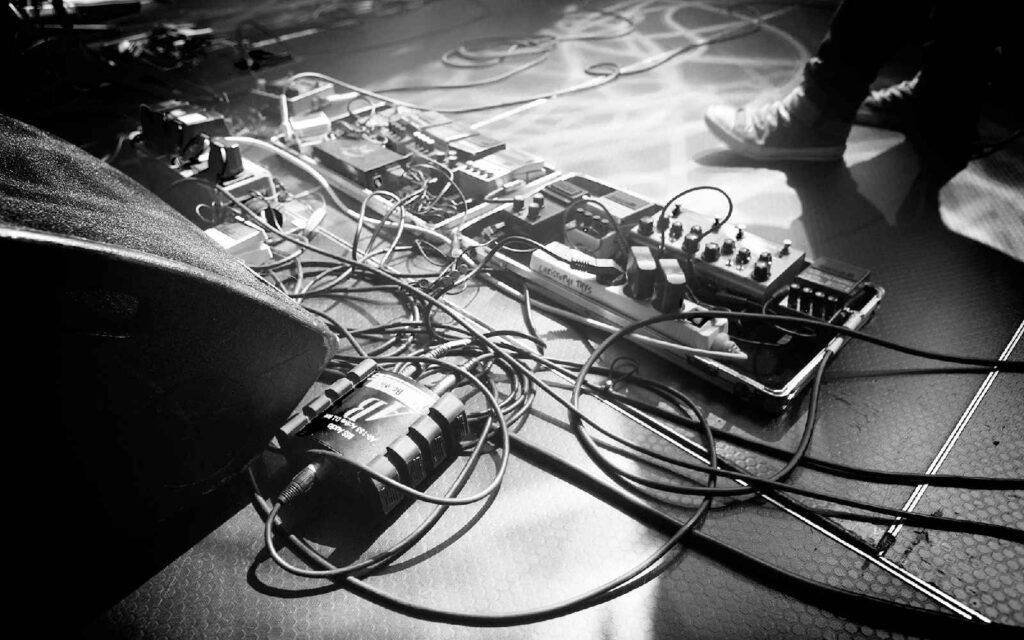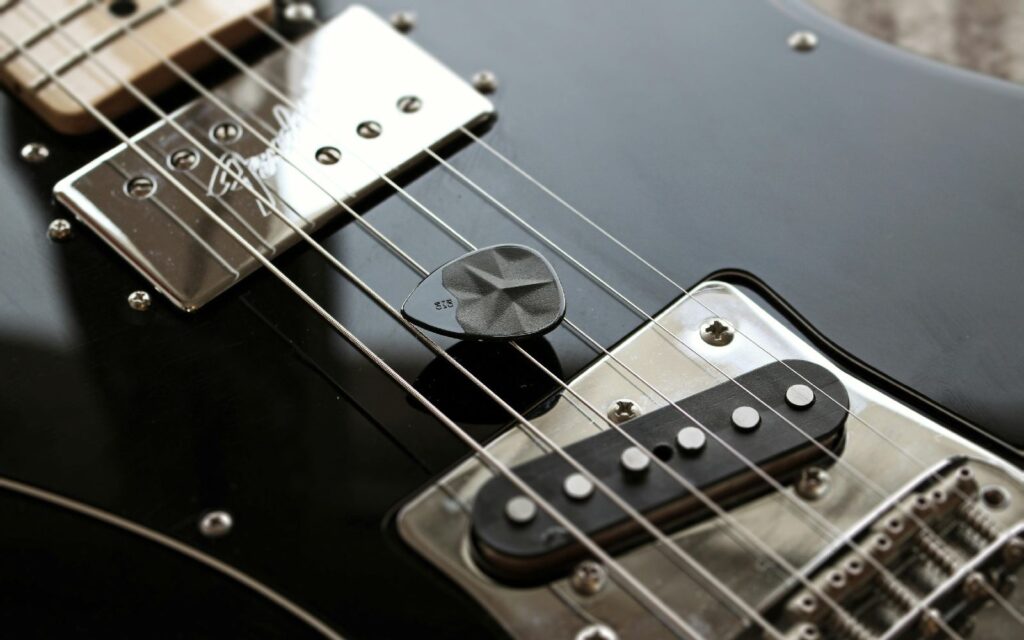Initially developed as a supremely clean, transparent way to level out audio, the LA2A is now known for its robust, tube-y and warm sonics.
The LA2A, designed for broadcast, has become one of the most widely used, copied, revered and musical compressors in history. Imagine it’s the 1950s. The Cold War is in full swing, with the two great superpowers of the time vying for economic and ideological superiority, whilst also vying to develop the best jet propulsion systems for delivering the end of the world as we know it. Some of the USA’s best and brightest worked for Caltech’s Jet Propulsion Laboratory (JPL), and one such boffin was a young man named James “Jim” Lawrence.
Jim had worked as a radar operator during WWII, before studying to become an electrical engineer and being given the nod to help develop optical sensors for the Titan missile program at JPL. To the immense benefit of the recording industry, however, Jim’s passion wasn’t bombs but broadcasting. Whilst moonlighting at KMGM radio in Los Angeles, legend has it that he was frustrated with having to keep riding faders to maintain a constant level on air, and developed a “levelling amplifier” to do the work for him.
Read all the latest features, interviews and how-to columns here.
1950s music
It’s perhaps a window into the workings of the man’s mind that his solution to the minor inconvenience of riding gain was to develop an entirely new piece of complex electrical hardware. Especially so, given that compressors had been around for decades already – the Telefunken U3 was used on PAs for the 1936 Olympics, Western Electric’s 110A was developed for use on phone lines in the early 30s and later adapted for broadcast and recording, and RCA had a vari-tube model called the BA-6A released in 1947. Research doesn’t really explain as to whether Lawrence was unaware of these units or just thought he could do a better job, but in any case, he set to work, pioneering an entirely new type of compression circuit using the things he knew about best: military-grade optical sensors.
His design is pretty wild, and like nothing which had come before. It was based around a little metal canister containing a phosphorescent panel and a photoresistor. As the amplitude of the input signal increases, more voltage is applied to the luminous panel, which glows brighter. As the brightness increases, the impedance of the light-dependent photo resistor increases, which decreases the gain. As the input signal gets lower, the panel gets darker again, which decreases the impedance of the photo-resistor and reduces the amount of gain reduction. Easy as.
This basic premise was tweaked and revised, eventually becoming the T4A optical attenuator photocell, whose gentle, musical characteristics are right at the heart of everything that people love about the LA-2A. To put numbers to it, the attack time is fixed at 10ms, and the release starts quickly – around 60ms for the first 50% – and then slows right down, taking 1-15 seconds for gain reduction to return to zero, depending on how heavy the compression is.
But because of the nature of the circuit, it’s almost futile to think about it in the terms that we usually use to quantify compression – attack, release, threshold, ratio, knee, etc. – because the envelope isn’t really controlled by the circuit at all, like with a conventional compressor. Rather, the LA-2A’s compression curve is governed by the inherent properties of the electroluminescent material and how quickly it responds to the flow of electrons, and so the compression curve is completely dependent on the frequency and amplitude of your program material.
12AX7
The gentle compression characteristics are complemented by the smooth, warm sonic imprint of the LA-2A’s valve circuitry. Amplification is handled by a 12AX7A tube, capable of boosting your signal by 40dB, which even allows the LA-2A to be used as a preamp.
Despite the complex electronics under the hood which produce the much-celebrated tonality and program-dependent response and multi-stage release, part of the LA2A’s beauty is that it only really has a couple of controls you need to worry about. The first is the Gain knob, which supplies the makeup gain to compensate for compression. The second control is the Peak Reduction knob, which essentially controls the amount of compression. The Limit/Compress switch off to the side changes the curve of the compression – when in Limit mode, the compression ratio will be higher.
The most obvious use case is the one it was designed for – levelling out a vocal performance. It accomplishes this in such a smooth and natural way that engineers regularly speak of having to cover the gain reduction meter lest anyone should see just how hard they’re hitting it. Because of the way the release lengthens when the input level increases, for particularly dynamic performances it’s common practise to place a fast-acting compressor like an 1176 earlier in the signal chain to catch any loud peaks before they reach the LA-2A to keep it in the sweet spot.
It’s not just great on vocals, however; the longer time constants are perfect for gently levelling out a bass line without crushing the transient, especially when the performance has a bit of space in it. Almost anything legato, like strings or brass, will shine through the multi-stage release, and you can even use it to even out and warm up a kick or snare drum. The unique curve is also probably the best out there for compressing a reverb return, for when you want the reverb tail to swell forward after a vocal line ends.
A number of hardware revisions of the LA2A have been released over the decades. It’s worth noting that the first LA-2A, released in the early sixties, is actually Revision A of the earlier LA-2 compressor, a rare beast renowned for its much slower time constants. It was first produced by Lawrence’s Teletronix company, which was later bought by Bill Putnam’s UREI, who continued to tweak and revise the circuitry. Production was discontinued in 1969 when UREI’s solid-state sequels – LA-3A, LA-4, LA-5, The L And The A, 2 L 2 A, and LA-2A: Tokyo Drift – superseded the older tube design. However before long engineers began to miss that gooey valve goodness. The LA-2A was reissued in the 70s and 80s, before returning to production completely in 1999 under the auspices of Bill Putnam Jr. for his dad’s company Universal Audio.
Like with any piece of vintage gear worth its salt, plugin emulations abound, with some of the better known instances including Waves’ Chris Lord-Alge collab the CLA-2A, Bomb Factory’s Pro Tools freebie the BF-2A, and of course Universal Audio’s own plugin and hardware versions, which is widely regarded as the most meticulous models of all. Capturing the idiosyncrasies of a photocell produced in the 60s is no mean feat. Universal Audio needed a team of modern physicists and the original developers of the component to really nail down what it was doing and how to reproduce it, both in the analogue and digital domains. For the layperson, perhaps it’s best to just live in ignorance of the quantum mechanics and simply enjoy the LA-2A’s sound for what it really is – magic.
For more info on Universal Audio and the LA2A, keep reading at CMI Music.
